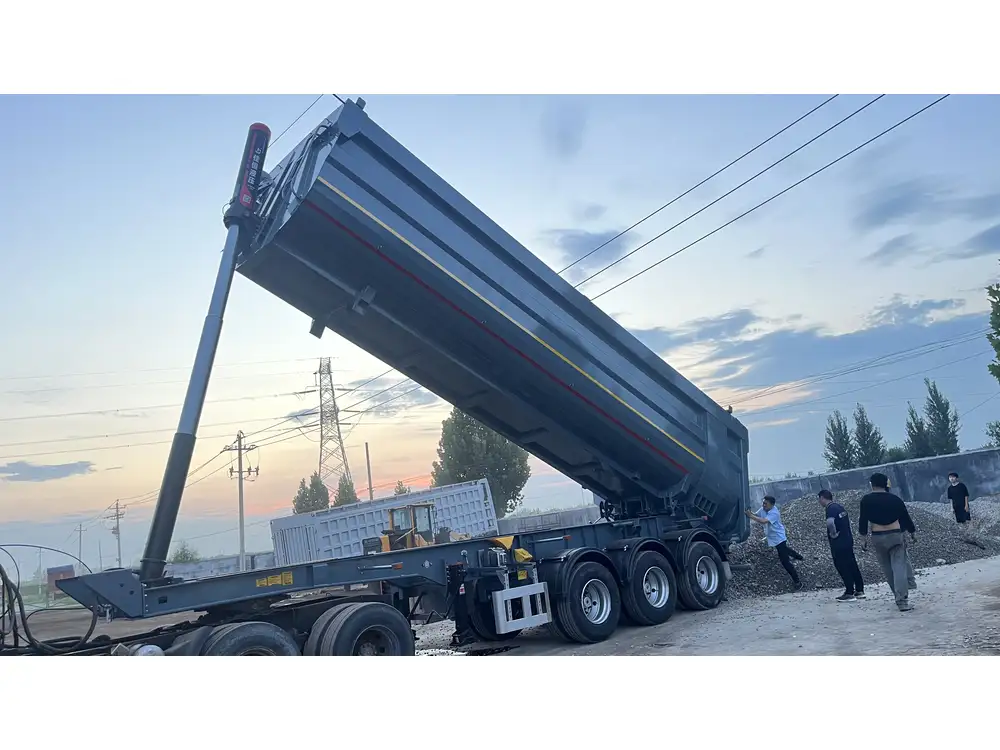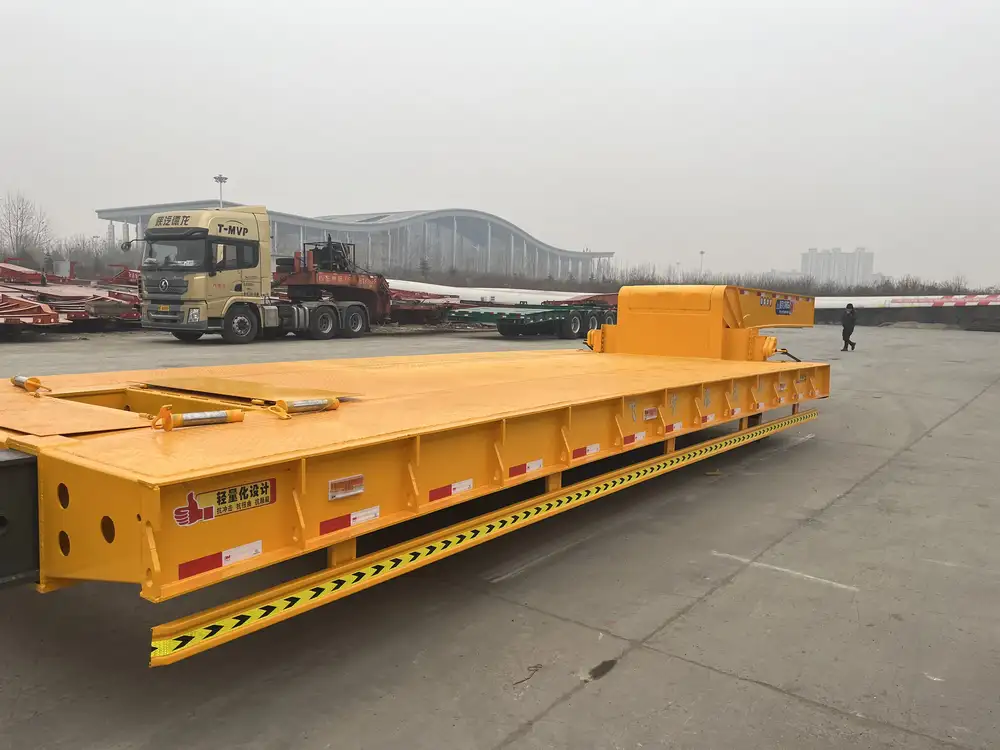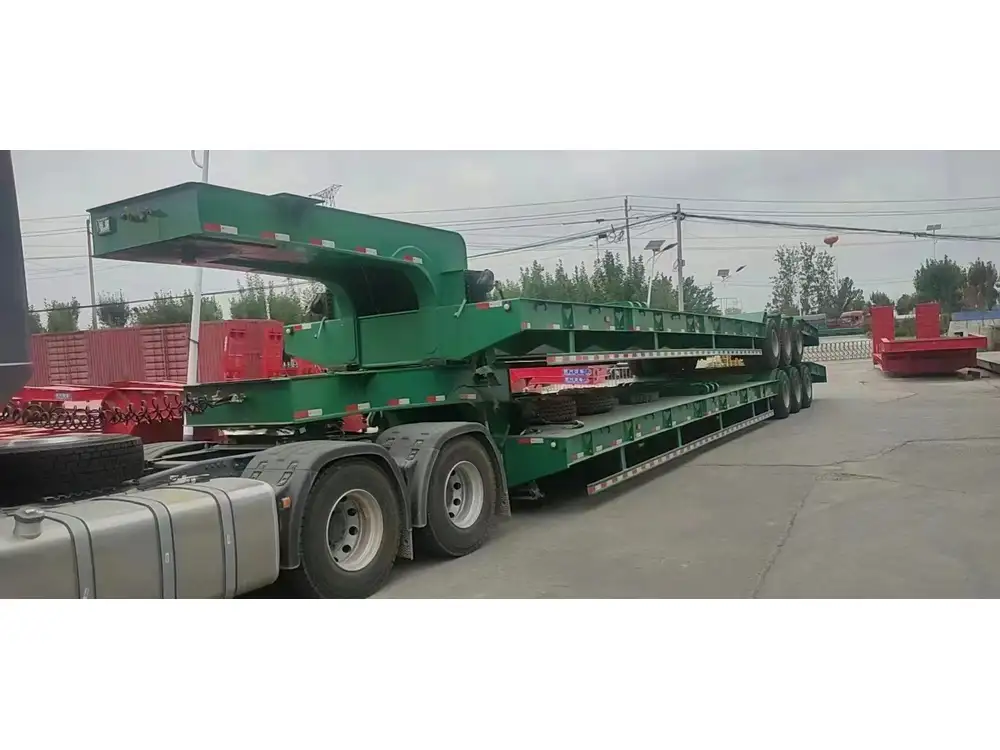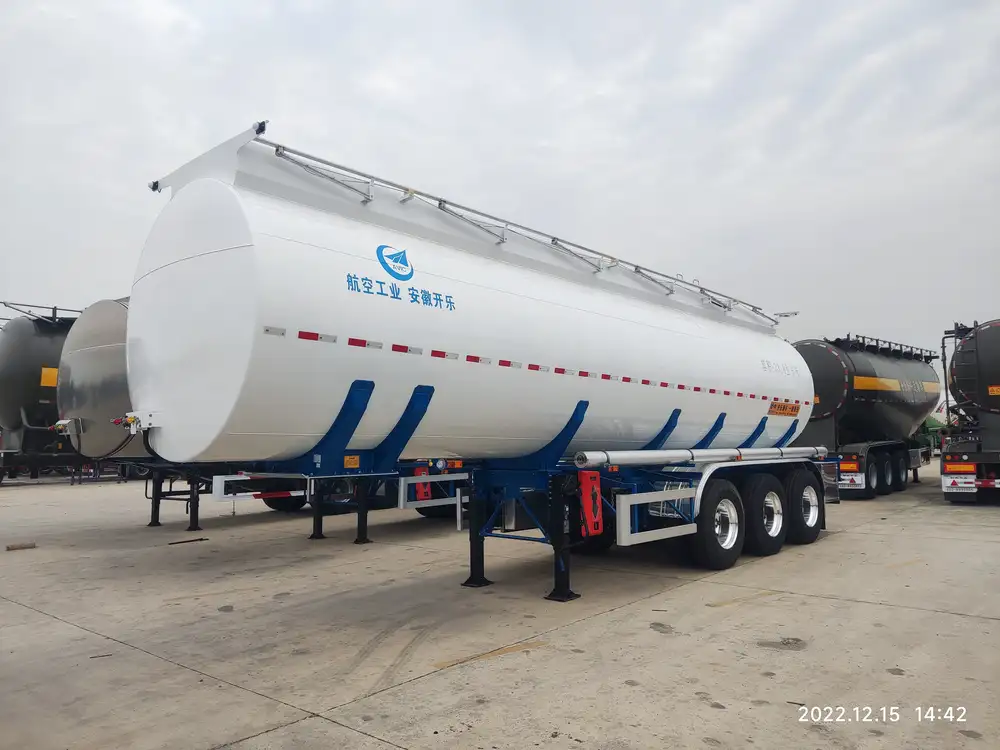Understanding the precise diesel tank capacity is crucial for efficient fleet management, ensuring optimal fuel usage, and minimizing operational costs. At CarMax Trailer, we specialize in providing accurate calculations and high-quality semi-trailers designed to meet your transportation needs. This guide delves deep into the methodologies and considerations involved in calculating diesel tank capacity in liters, ensuring you make informed decisions for your business.
Table of Contents
- Introduction to Diesel Tank Capacity
- Importance of Accurate Capacity Calculation
- Factors Influencing Diesel Tank Capacity
- Step-by-Step Guide to Calculating Diesel Tank Capacity
- Tools and Formulas for Accurate Calculations
- Common Mistakes to Avoid
- Optimizing Tank Capacity for Efficiency
- CarMax Trailer’s Expertise in Fuel Tank Solutions
- FAQs
Introduction to Diesel Tank Capacity
Accurately determining the diesel tank capacity is fundamental for fleet operators, logistics managers, and business owners who rely on diesel-powered vehicles. Whether you’re managing a single truck or an extensive fleet, knowing the exact capacity ensures effective fuel management, cost control, and operational efficiency.

Importance of Accurate Capacity Calculation
Miscalculating diesel tank capacity can lead to several challenges:
- Operational Downtime: Underestimating capacity may result in frequent refueling stops, disrupting schedules.
- Inaccurate Fuel Budgeting: Overestimating can lead to purchasing excess fuel, inflating costs.
- Safety Risks: Incorrect tank capacity can compromise the structural integrity of the vehicle, posing safety hazards.
Accurate calculations empower you to make strategic decisions, optimize fuel usage, and maintain smooth operations.
Factors Influencing Diesel Tank Capacity
Several factors determine the diesel tank capacity in liters. Understanding these elements ensures a precise calculation tailored to your specific needs.
Tank Dimensions
The primary determinant is the tank’s physical dimensions:
- Length (L)
- Width (W)
- Height (H)
Accurate measurement of these parameters is essential, considering any protrusions or design features that may affect volume.

Tank Shape and Design
Diesel tanks come in various shapes, each requiring different calculation methods:
- Rectangular
- Cylindrical
- Irregular or custom designs
The shape influences how volume is calculated and, consequently, the capacity in liters.
Usage Patterns
Understanding how the vehicle is used affects capacity requirements:
- Frequent long journeys require larger tanks to minimize refueling stops.
- Short, local trips may suffice with smaller capacities, reducing vehicle weight and fuel consumption.
Step-by-Step Guide to Calculating Diesel Tank Capacity
Calculating diesel tank capacity involves a systematic approach to ensure accuracy. Here’s a detailed process to guide you through.

Measuring Tank Dimensions
Begin by measuring the physical dimensions of the tank:
- Length (L): Measure the longest side of the tank.
- Width (W): Measure the side perpendicular to the length.
- Height (H): Measure the vertical dimension from the base to the top.
Ensure measurements are in consistent units (meters or centimeters) for accurate calculations.
Calculating Volume for Common Tank Shapes
Depending on the tank’s shape, different formulas apply.
Rectangular Tanks
For rectangular tanks, the volume (V) is straightforward to calculate:
[ V = L \times W \times H ]Example:
- Length (L): 2 meters
- Width (W): 1.5 meters
- Height (H): 1 meter

Cylindrical Tanks
Cylindrical tanks require a different approach:
[ V = \pi \times r^2 \times H ]Where:
- ( r ) = radius of the cylinder
- ( H ) = height
Example:
- Diameter: 1 meter (Radius ( r = 0.5 ) meters)
- Height (H): 1.2 meters
Irregular Shapes
For tanks with irregular shapes, break down the tank into simpler geometrical forms, calculate each volume separately, and sum them up. Alternatively, use water displacement methods for empirical measurements.
Converting Volume to Liters
Since capacity is often required in liters, convert cubic meters to liters:
[ 1 \, \text{cubic meter} = 1,000 \, \text{liters} ]Using the rectangular tank example:
[ 3 \, \text{cubic meters} \times 1,000 = 3,000 \, \text{liters} ]
Tools and Formulas for Accurate Calculations
Leveraging the right tools and formulas enhances calculation accuracy and efficiency.
Mathematical Formulas
Familiarity with basic geometry is essential. Key formulas include:
- Rectangular Volume: ( V = L \times W \times H )
- Cylindrical Volume: ( V = \pi \times r^2 \times H )
- Triangular Prism Volume (for sloped tanks): ( V = 0.5 \times base \times height \times length )
Digital Tools and Software
Modern technology offers various tools to simplify calculations:
- CAD Software: Enables precise modeling of tank dimensions and volume.
- Online Calculators: Provide quick volume calculations based on input dimensions.
- Spreadsheets: Utilize formulas to automate calculations and scenarios.

Common Mistakes to Avoid
Avoid these pitfalls to ensure accurate capacity calculations:
- Ignoring Tank Design Features: Overlooking protrusions or internal structures can lead to underestimation.
- Incorrect Measurements: Inconsistent or inaccurate measurements distort volume calculations.
- Assuming Standard Shapes: Many tanks have unique designs that defy standard geometric formulas.
- Neglecting Temperature Effects: Fuel expansion due to temperature variations can affect capacity.
Optimizing Tank Capacity for Efficiency
Beyond accurate calculations, optimizing tank capacity enhances operational efficiency.
Fuel Consumption Monitoring
Implement systems to monitor fuel usage in real-time. This data aids in adjusting tank capacity according to actual consumption patterns, preventing both shortages and excesses.

Regular Maintenance
Ensure tanks are well-maintained to prevent leaks and contamination, which can affect fuel capacity and quality.
Upgrading to Modern Tanks
Invest in modern tank designs that offer better space utilization and safety features, maximizing fuel capacity without increasing tank size.
CarMax Trailer’s Expertise in Fuel Tank Solutions
At CarMax Trailer, we understand the intricacies of diesel tank capacity calculations. Our semi-trailers are engineered with precision, offering optimal fuel tank designs tailored to your operational requirements. Whether you need custom dimensions or standard configurations, our team provides expert guidance to ensure your fleet operates efficiently and cost-effectively.
Key features of CarMax Trailer’s fuel tank solutions include:
- Customizable Designs: Tailored to meet specific capacity and size requirements.
- Durable Materials: Ensuring longevity and resistance to wear and tear.
- Advanced Safety Features: Minimizing risks associated with fuel transport.
- Efficient Space Utilization: Maximizing capacity without compromising vehicle balance.
Partner with CarMax Trailer to enhance your fleet’s fuel management and operational performance.

FAQs
1. What is the standard diesel tank capacity range for semi-trailers?
Semi-trailer diesel tank capacities typically range from 500 to 3,000 liters, depending on the trailer size, design, and intended use. Custom configurations are available to meet specific operational needs.
2. How often should I check my diesel tank capacity calculations?
It’s advisable to review capacity calculations annually or whenever significant changes occur, such as modifications to the trailer, alterations in usage patterns, or after repairs that affect tank dimensions.

3. Can temperature affect diesel tank capacity?
Yes, temperature fluctuations can cause diesel fuel to expand or contract, slightly altering the effective capacity. It’s important to consider temperature variations in regions with extreme climates when calculating tank capacity.
4. What materials are used in CarMax Trailer’s diesel tanks?
CarMax Trailers utilize high-grade steel and aluminum for diesel tanks, ensuring durability, corrosion resistance, and optimal fuel storage. These materials comply with industry standards for safety and performance.
5. How can I improve fuel efficiency related to tank capacity?
To enhance fuel efficiency, monitor fuel consumption regularly, maintain tanks for leak prevention, optimize tank size to match operational needs, and consider modern tank technologies that improve fuel dispensing and storage.



